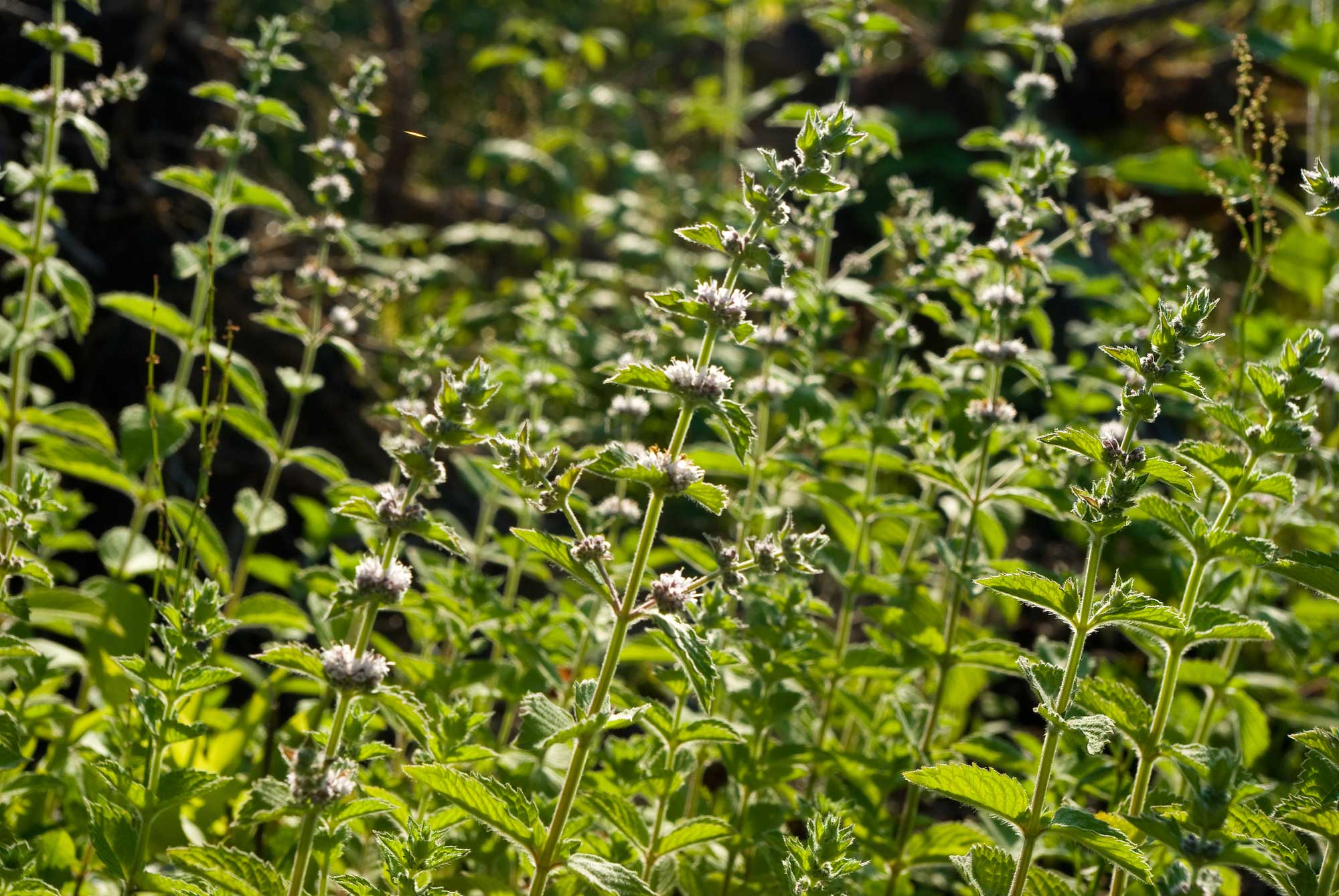Medicinal Plants and Herbs of Kos
Visitors to Kos often speak of the curative experience the island on returning home. Famous as the birthplace of Hippocrates, who was the father of modern medicine, the island is also well known for its thermal springs like at Agios Fokas. Unbeknownst to most travelers arriving on the island, though, are the hundreds of medicinal herbs and plants native to Kos.
For those unfamiliar, Hippocrates was born in Kos around 460 BC. His claim to fame from the onset was the fact he was the first to depart from religious and metaphysical healing, as he rejected the belief of some that divine influence caused and cured disease. Hippocrates studied medicine at the famous Asclepieion on Kos and dedicated all his efforts to medicine that revolved around the curative power of nature. He could not have chosen a better location for his work.
Kos, which has an abundance of water, is a natural paradise of rich plant life. The diverse landscape here ensures a wide variety of flora, which now numbers in the more than a thousand species and subspecies of plants. Hippocrates used around 250 of these plants to treat ailments, most of which are still common today. Some of these plants are listed below.
Wild Fennel (Foeniculum vulgare)
This common herb is found all over Kos, mostly in fields. The tall, aromatic plant, kind of sticks out like the proverbial “sore thumb” because to its silky fronds. In Hippocrates’ notes, it was used for stimulating lactation for nursing mothers and for easing menstrual cramps. It is still used to treat everything from gastric upset to coughs.
Greek Sage (Salvia fruticosa)
This perennial shrub grows in the craggy rock upcroppings of Kos, as it prefers dry soil. Hippocrates used this herb as a blood coagulant, for inflammation, fever, and as a lactation aid for nursing women. It has also been used as a mouthwash (in tea) to help cure tonsillitis and laryngitis.
Lentisk bush (Pistacia lentiscus)
This is a small evergreen bush that grows along the rocky slopes of Kos’ pine forests. Favoring the sun, the shrub’s leaves have a resin that was used by Hippocrates to treat skin disorders and healing wounds. It is still in use today by traditional Aegean medicine practitioners.
Pomegranate (Punica granatum)
This plant is named in the Hippocratic Corpus many times. The leaves, flowers, and fruit of the pomegranate have been used for various ailments since antiquity. Healers still use the plant for treating inflammation, to cure diarrhea, and to detoxify the body.
Spearmint (Mentha spicata)
This herb is abundant on Kos since antiquity when it enjoys a favorable reputation as a curative. It was used by Hippocrates as a diuretic even was developed as a suppository for the vagina to cleanse the womb. The herb is still used in tea by the Greeks to aid in digestion.
Other medicinal plants on Kos include the herb wormwood, which was used to treat jaundice and tetanus, and Juniperus macrocarpa, or the large-fruit juniper that was used to treat pain. Of course, Hippocrates used many formulations that contained these and other plants in creating more complex remedies. The careful observations of this amazing scholar and physician teach us healing lessons that can be applied even today, for it was Hippocrates’ love of his fellow human beings and nature that led to these cures. The idea of “balance” that so many seek in modern times, can easily be traced to the island of Kos.

